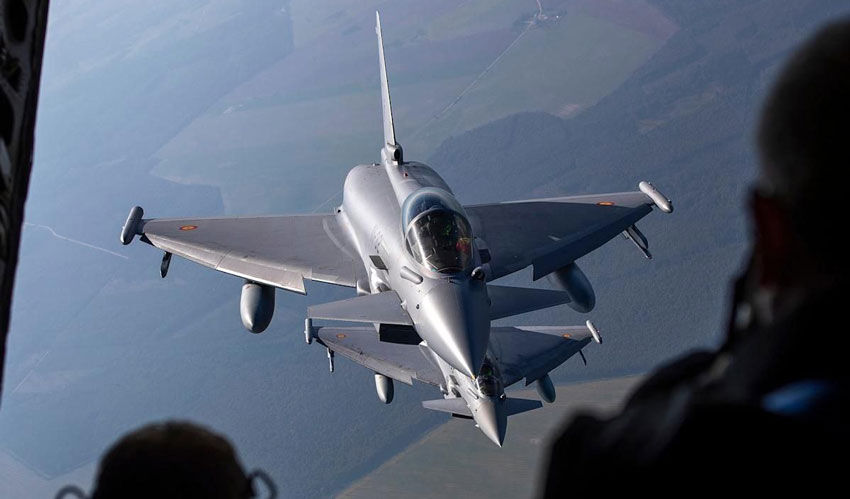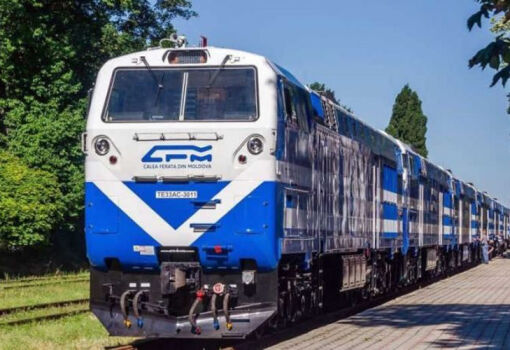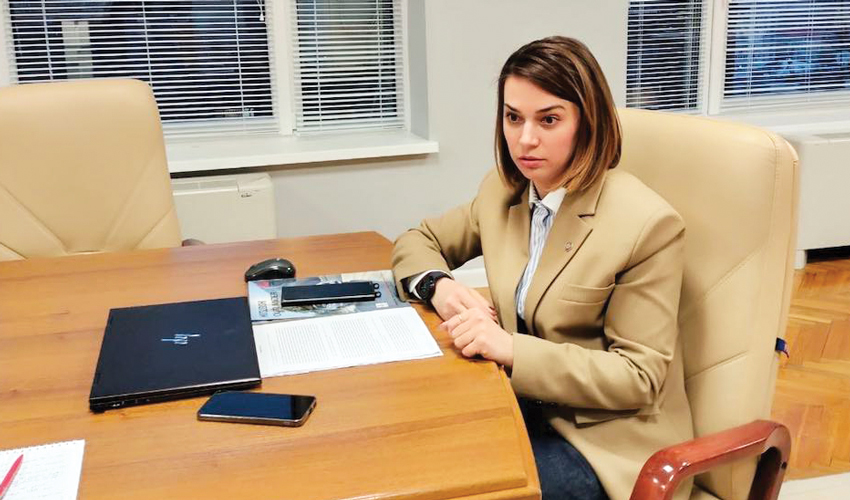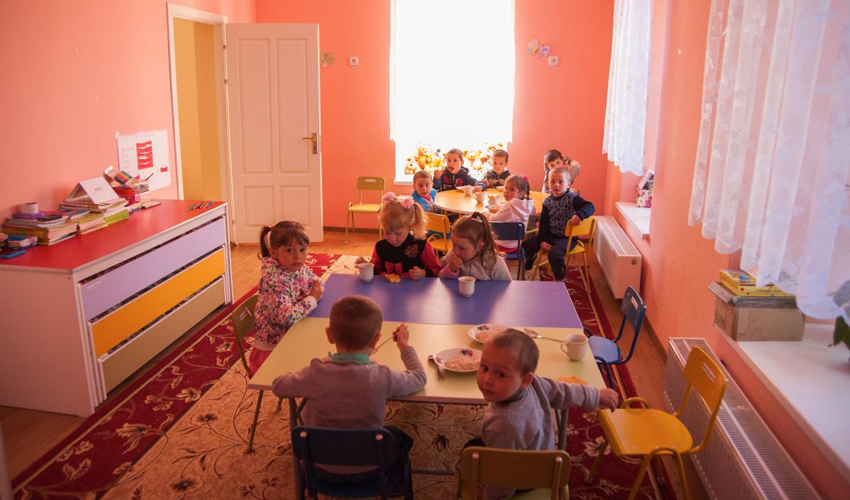
Discussion of a more aggressive approach to the problem was initiated by Eastern European countries with the support of France and Great Britain. Over time, 32 states joined the discussion of their proposal. Other proposals include equipping reconnaissance drones used to gather information on Russian military activity with weapons, and conducting NATO military exercises on the border with Russia, especially in the most remote areas.
One of the key issues is the development of common rules of force response on the eastern flank. According to them, some NATO countries require pilots to visually verify the presence of a threat before firing, while others allow their pilots to decide whether to attack based on radar data or perceived danger, depending on the direction or speed of the aerial target.
The proposals are aimed at raising the costs of “hybrid warfare” for Russia and developing specific countermeasures to airspace violations by drones and fighter jets, sources among NATO officials explained to the FT.
Moscow does not recognize the accusations of its involvement in airspace violations.













